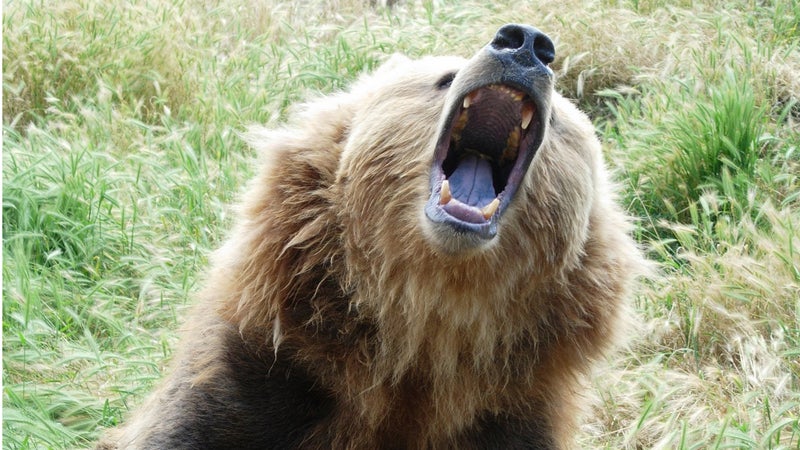Across the world, we’re losing our large carnivores.
A study published today found that more than three-quarters of all large predators—including wolves, bears, and lions—are in decline due to habitat loss and human persecution.
Many of the animals now roam territory that’s half the size of what it once was, and most carnivores have already become extinct in the developed world.
“Their ranges are collapsing. Many of these animals are at risk of extinction, either locally or globally,” lead author William Ripple from Oregon State University told BBC News. “Human tolerance of these species is a major issue for conservation.”
According to the researchers, the loss of our apex predators could have profound ecological impacts on the planet. Take Yellowstone National Park, for example. Fewer wolves and cougars mean more elk and deer, and too many grazers threatens vegetation and, in turn, other small mammals. Carnivores play a complex role in the ecosystem and humans need to recognize that, the study says.
But all is not lost. This footage from GoPro shows that humans and lions can indeed coexist.


